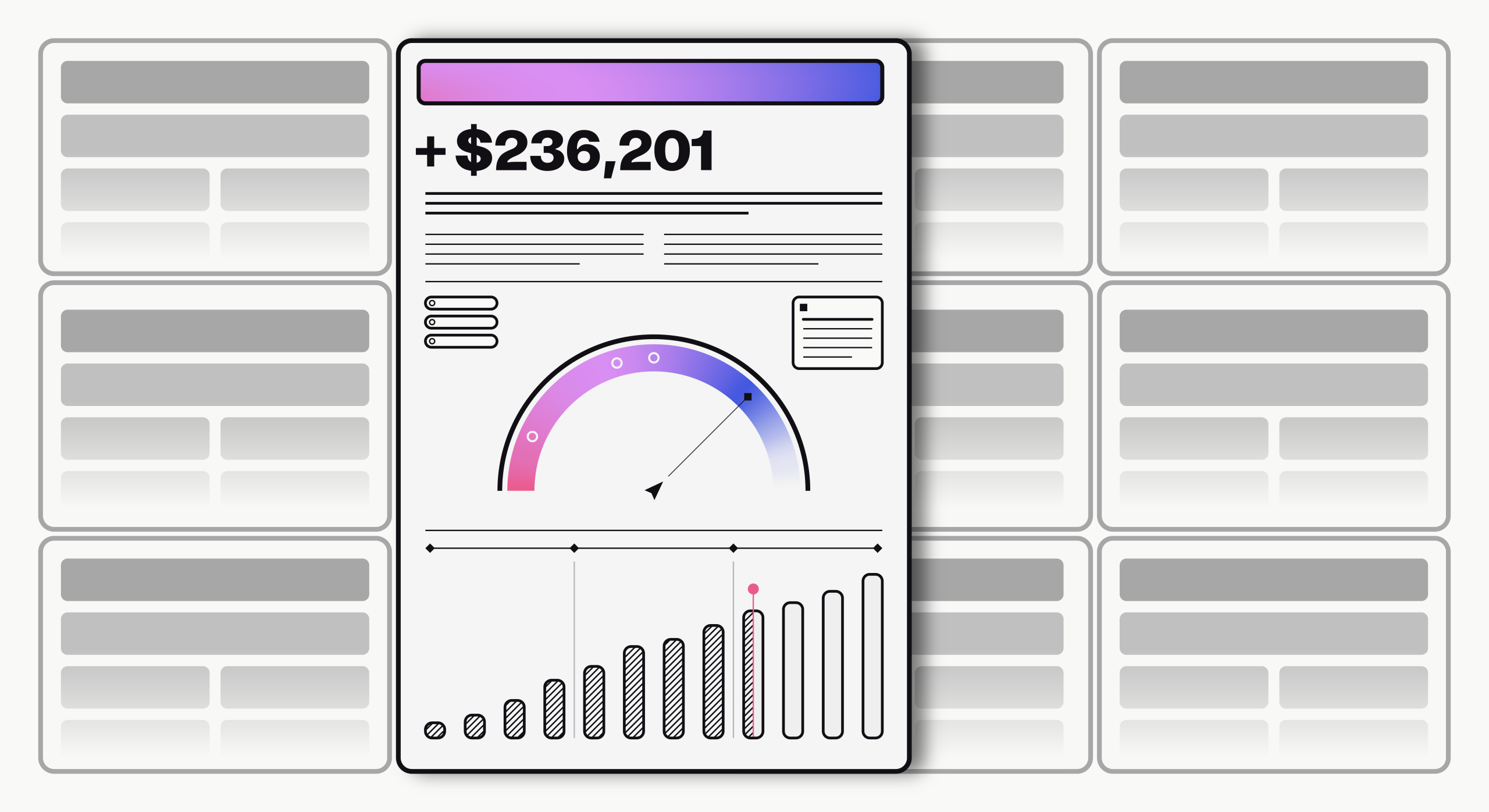In Databook's executive engagement survey, over 87% of all C-suite roles said they find data either 'somewhat' or 'very' likely to influence their purchasing decisions. But the research also showed that different executive roles crave different kinds of data at different points in the sales cycle.
So what kind of data does a CMO like most? And when does a CRO want to see specific, personalized facts?
To help eliminate the confusion, we've put together this handy guide to help you better understand the types of data most C-suite professionals gravitate toward, along with tips on where to find data, how to present it, and when to use it.












